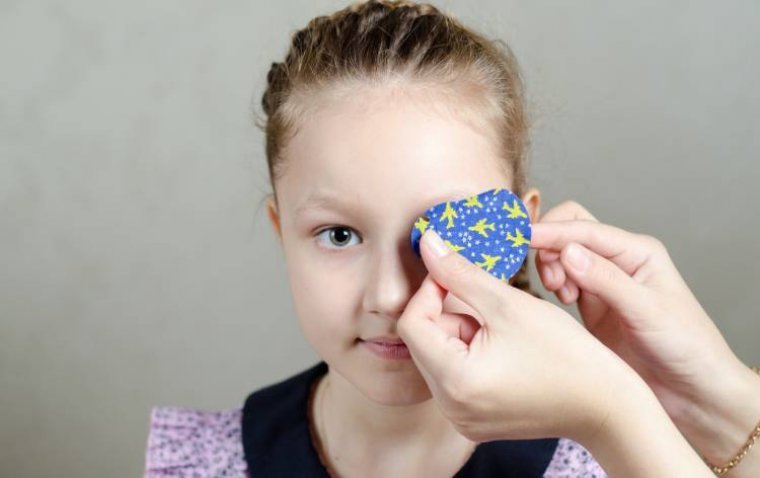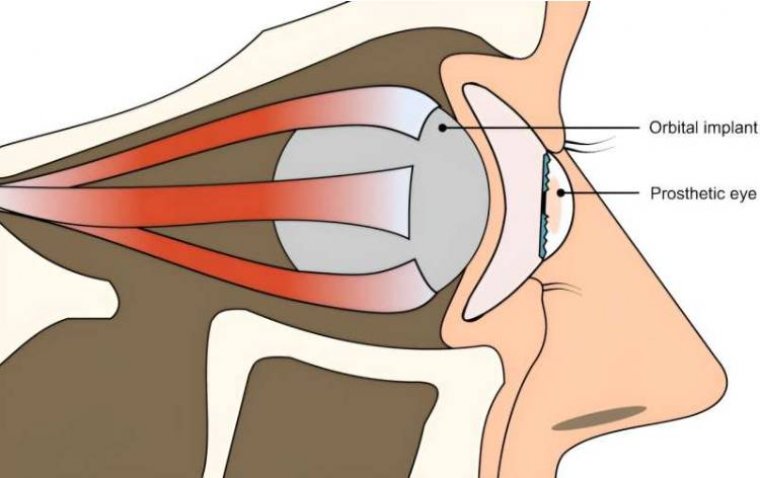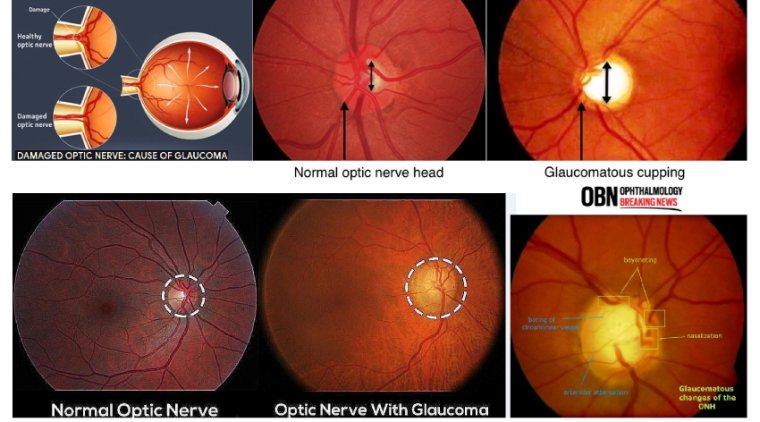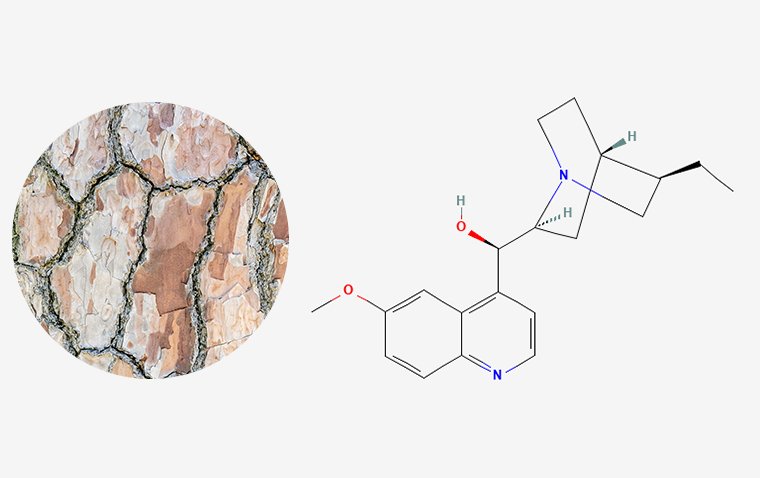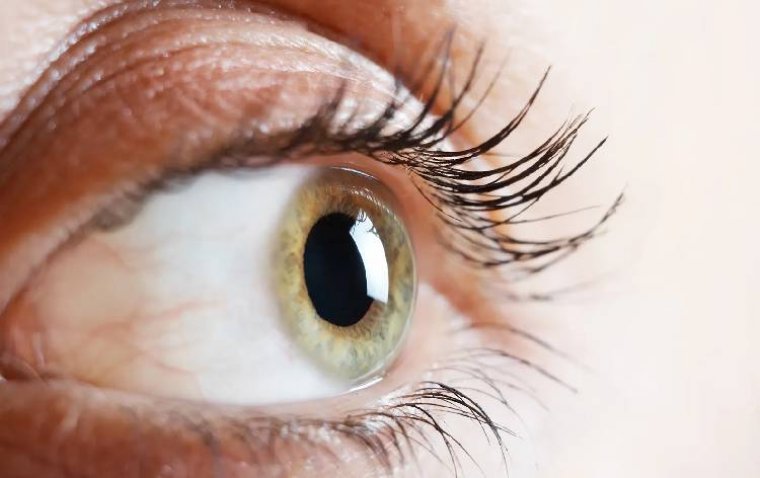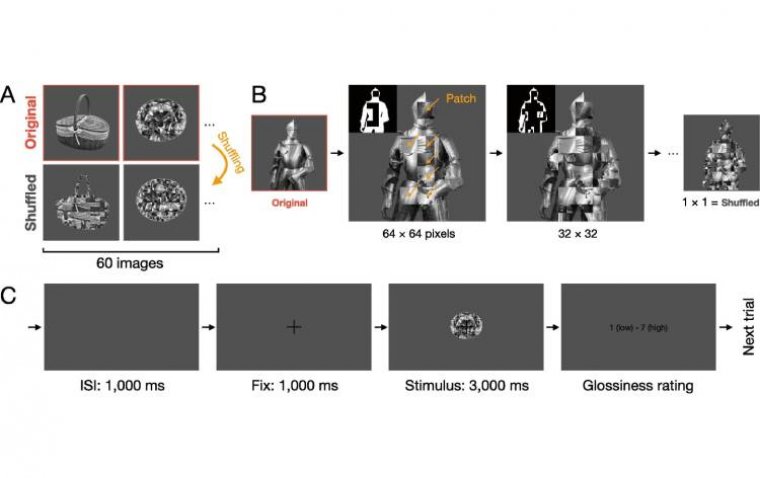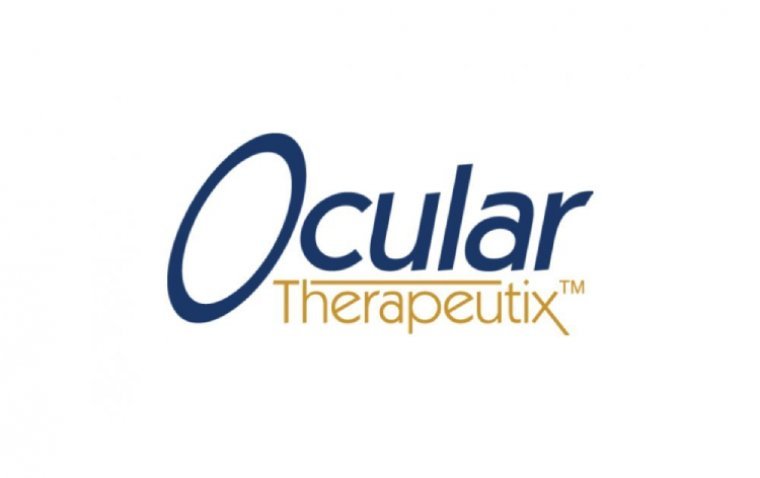
Ocular Therapeutix Reports Promising Phase 1 Results for Axpaxli in DR Study
Ocular Therapeutix announced positive topline results from its phase 1 HELIOS study, which evaluated the safety, tolerability, and efficacy of Axpaxli versus a sham control in patients with moderately severe to severe nonproliferative diabetic retinopathy (NPDR) without diabetic macular edema (DME).
The phase 1 HELIOS study was a multicenter, double-masked, randomized 2:1, parallel group clinical trial conducted at 10 centers in the United States. The data set included 21 evaluable patients after one of the 22 enrolled passed away due to an unrelated event.
Axpaxli's Mechanism and Potential
Axitinib, the active ingredient in Axpaxli, is a small molecule multitarget, tyrosine kinase inhibitor with anti-angiogenic properties. Axpaxli uses the company's proprietary Elutyx bioresorbable hydrogel-based formulation technology. It is also being evaluated for other retinal diseases including wet age-related macular degeneration (AMD).
In the HELIOS study, the primary endpoint was the frequency of treatment emergent adverse events, while secondary endpoints included changes in the Diabetic Retinopathy Severity Scale (DRSS), best corrected visual acuity, central subfield thickness compared to baseline, and the portion of patients receiving rescue therapy.
Study Results and Findings
The results showed that Axpaxli was generally well tolerated with no observed inflammation and no incidence of iritis, vitritis, or vasculitis. Six of the 13 patients in the Axpaxli group (46.2%) experienced a one- or two-step improvement in the DRSS at 40 weeks, with two having a two-step improvement, while no patients in the control group showed such improvement at the same time point. Additionally, no patients in the Axpaxli group experienced any worsening in DRSS, contrasting with one of eight patients (12.5%) in the control group who did at 40 weeks.
Dr. Dilsher Dhoot, a principal investigator from California Retina Consultants in Santa Barbara, commented on the efficacy and durability of the results, which supported moving directly to a phase 3 study of Axpaxli in patients with NPDR, pending FDA discussions. Dr. Jeffrey S. Heier, Chief Scientific Officer of Ocular Therapeutix, expressed satisfaction with the study outcomes and announced plans to accelerate the DR program to phase 3 based on the observed safety and efficacy results.
Ocular Therapeutix plans to present the detailed results from the HELIOS study at a future medical meeting and highlighted that Axpaxli is currently in the first of two planned pivotal phase 3 trials for wet AMD, known as the SOL-1 trial, and a phase 1 clinical trial for NPDR.
About Diabetic Retinopathy
Diabetic retinopathy is a diabetes-related complication that affects the eyes, specifically the retina, which is responsible for capturing and transmitting images to the brain. It occurs when high blood sugar levels cause damage to the blood vessels in the retina, leading to leakage, swelling, and abnormal growth. This damage can result in vision blurring, which may fluctuate, progress to severe vision loss, and even blindness if untreated.
Diabetic retinopathy typically progresses through two main stages: nonproliferative, where blood vessels in the retina are weakened, and proliferative, the more advanced stage, where new, fragile blood vessels grow on the retina and into the vitreous gel that fills the eye. These new vessels can bleed, causing further vision complications.
(1).jpg)
